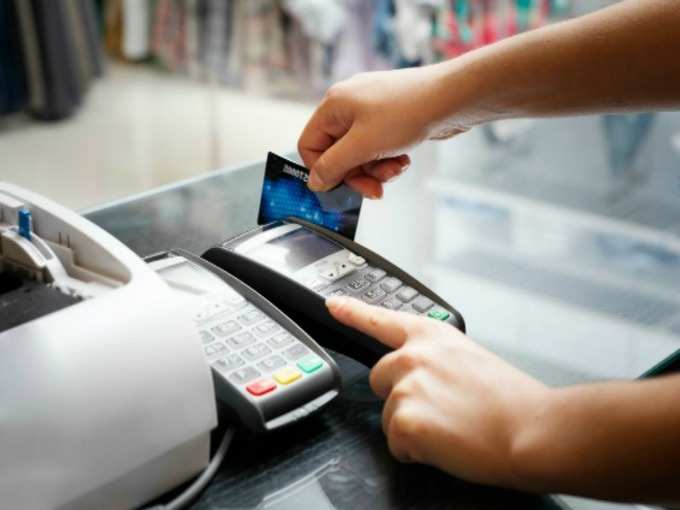 This year in September, police arrested a student from Vadodara for illegally using credit cards of three American nationals to book air tickets.
This year in September, police arrested a student from Vadodara for illegally using credit cards of three American nationals to book air tickets.In March 2013, two top officials of an online shopping portal were arrested after almost 200 complaints were received from customers who said they paid for things they never ordered or received.
Like these, there are numerous examples to highlight a growing trend of frauds and scams related to online transactions, which are generally done by credit or debit cards. As per the ASSOCHAM-Mahindra SSG Report-2015, the number of cyber crimes reported in 2011 was 13301, which shot up to 300,000 in the year 2015. Of the reported cyber crimes, credit and
What should an online shopper do now? Stop shopping? Online shopping is very convenient but when we use are credit card online we expose ourselves to potential frauds. Here are some ways you can safeguard yourself from online frauds
1. Choose your credit/debit card wisely: While choosing a card, it is important that you focus not only on the fees, credit limit, reward structure etc, but also on the security features of the card. Although the RBI has rules in place, it is important to be sure that your credit card issuer is also committed to customer’s safety. Often hackers hack into a bank’s website and steal customer’s card details to make fraudulent transactions. If the card company does not have proper security systems in place, it makes you vulnerable to frauds.
2. Never store your credit card number on a website: Storing your credit/debit card number on a website exposes it to a lot of potential threats. Hackers try to use the information stored on the website. Typing same information again and again is a tedious task, especially for a website that you use regularly, but it is better safe than sorry.
3. Use secure websites: There are numerous websites available for shopping. Before getting lured by special discounts, trendy designs and fast delivery promises, check for the security features of the website especially when making a transaction on a new website. Check the website URL, it should begin with “https” and there should be some indication on the website to ensure that it is a secure one, like the sign of a lock or a Verisign website. Generally all website mention the recommended security guidelines, mode of payment to be used etc, for the safety of the use. Read these carefully before using.
4. Be careful with names: Do not follow a link that is sent to you in a promotional email. Often, miscreants create websites that have similar names with similar web-design and layout to trick consumers. The difference in name of the website can be minimal to notice and you may end up buying stuff from a dummy website. Type the name of the website yourself.
5. Avoid public terminals: Using public terminals or transacting over a WI-FI network makes the user more vulnerable to credit card misuse. You can never be sure about the safety of a public terminal, if they have required safety features (spyware or malware) and who will use it after you. The information you enter can be hacked into and may also be available to other people using the terminal.
6. Never enter Pin Number: Apart from having requisite safety guards on your computer/phone to prevent hacking, extra caution is required when using phones for online shopping. Never enter your PIN for online shopping. Online shopping requires CVV number and the transaction password that is sent to your phone. Be vary of sites that ask your PIN number.
Whether it is the virtual world or the physical one, using your credit card with a few precautions go a long way in keeping it safe. Be cautious and do not become a statistic in the growing credit card fraud!
(Rajiv Raj is the Director and Co-Founder of www.creditvidya.com)
(Image: ThinkStock)